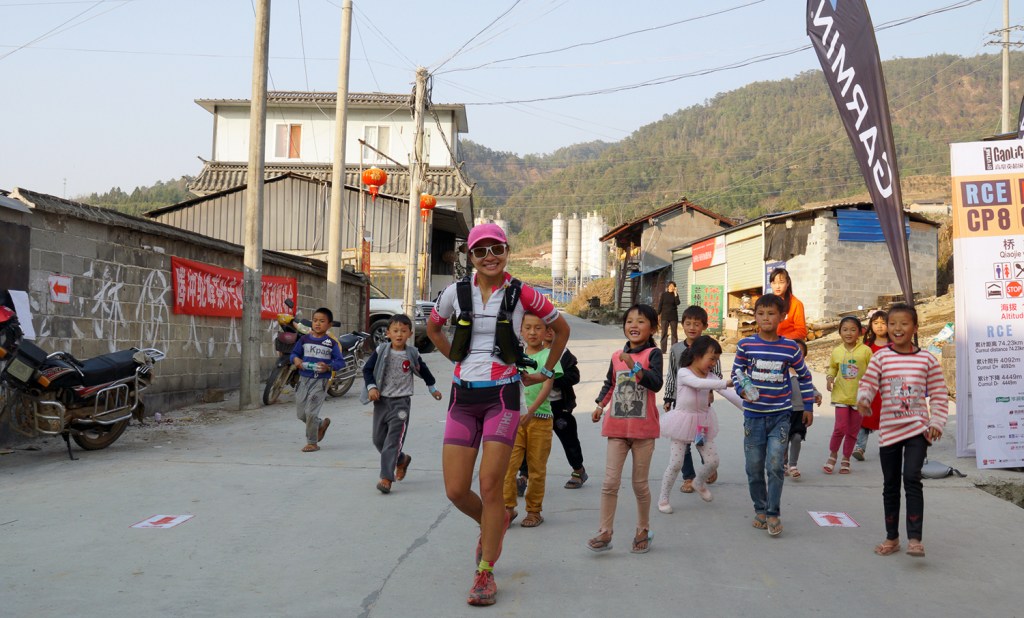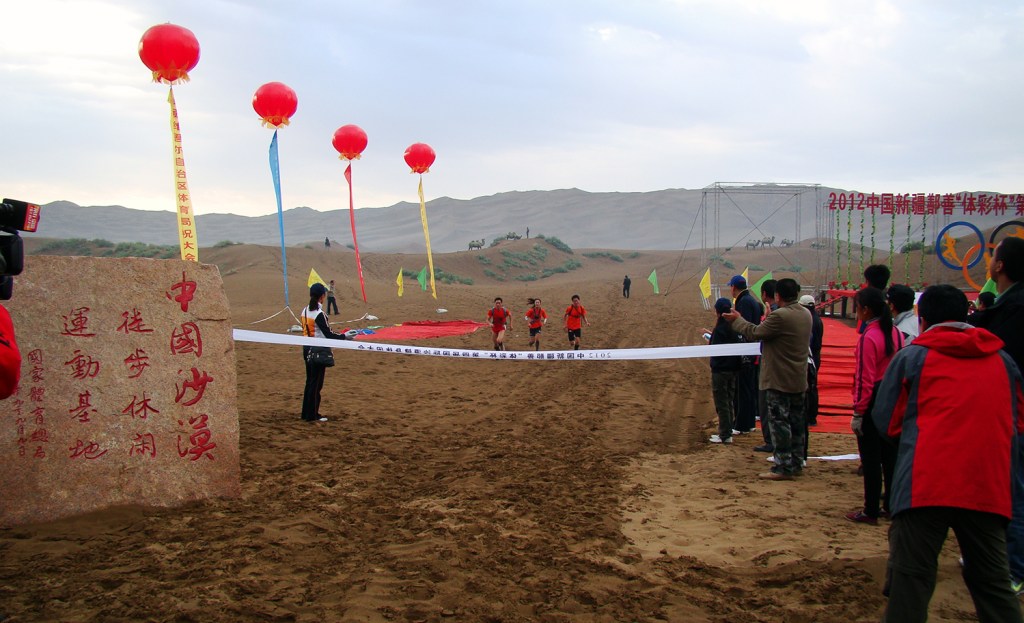Ultrarunner Pavel Toropov remembers the early days of China’s ultrarunning boom in searing snapshots. Running barely marked courses across the Gobi desert. Competitors hopping motorbikes halfway into a 62-mile race. Walking into a backroom shack to exchange bibs for prize money with a man chain-smoking cigarettes, surrounded by piles of Chinese yuan.
Working as an English language teacher and translator in China’s Yunnan province, Toropov stumbled into China’s ultrarunning scene with a fellow translator and American running partner Rudy Gilman in 2008. Races had started to pop up around the country and, after snagging a couple of good results, the two runners started cobbling together enough prize money to race their way across the Middle Kingdom.
“The early days were wild,” said Toropov, 42, who was born in Russia and raised in the U.K. “It wasn’t sustainable, but it was a big adventure.”
Just 10 years later, China’s endurance racing craze has come a long way. In 2011, the country hosted around a dozen marathons. This year, according to Runner’s World, it hosted more than 40 in a single weekend. The Chinese Athletic Association says that China hosted 1,102 registered running events this year alone, nearly 20 times its 2014 number.
Toropov has ridden that running wave, turning his hobby into a legitimate career. In addition to organizing races and designing courses with China’s Xingzhi Exploring Group, he travels to Europe every year to provide commentary for the Chinese live stream feed of the Ultra-Trail du Mont Blanc (UTMB), one of the world’s most renowned mountain races and a weeklong running festival held in the French Alps. He was also part of the team that brought the UTMB to the Chinese market in 2016 with China’s Gaoligong by UTMB, complete with its own 55-kilometer (34-mile), 125-kilometer (78-mile) and 160-kilometer (100-mile) races.

China’s most elite trail runners are now winning races on the international endurance running scene. (Photo Credit: Liu Guobin)
With so many new runners popping up in recent years, organizers have gotten creative to grab the attention of this new expanding market. Chinese runners can now find events like a wintertime ice marathon, a 400-kilometer mega-ultra across the Gobi Desert, and starting lines complete with pop concert light shows and aid stations with beer and ginger tea.
“[Chinese] runners are consumers,” said Toropov. “They go to a race to travel, to snap photos, to show off. It’s keeping up with the Joneses running.” He added that finish line participation medals are a key selling point and that many races design original medals for each race (winners’ medals have been known to be made of solid gold).
Still, while the Chinese running explosion is mostly attributed to the amateur masses, it has also produced homegrown talent equipped to challenge the best of the international endurance running scene. In August, Jia Erenjia became the first Chinese runner to win an event at the UTMB when he took first in the 55-kilometer Orsieres-Champex-Chamonix. One day later, Yao Miao became the first Chinese woman to do the same, earning the 101-kilometer crown on the heels of setting a course record in the Vibram Hong Kong 100.
According to Toropov, race organizers have begun to offer $3,000, $5,000, even $10,000 to race winners. It’s a move that has not only supported China’s domestic cache of professional runners but also attracted some of the world’s best runners to Chinese soil. This year in the Gaoligong by UTMB, Lithuania’s Gediminas Grinius, the 2017 Ultra-Trail World Tour champion, won the men’s 160-kilometer race, and American Krissy Moehl, a previous winner of France’s Ultra-Trail du Mont Blanc, claimed the women’s title.

The finish line of a long-distance desert run in China. (Photo Credit: Pavel Toropov)
Working long hours at a state-sponsored job, Xiaozhao Zhao, a 36-year-old Beijing-based ultrarunner, turned to distance running seven years ago. He said what started as weekly jogs quickly turned to 5- and 10-kilometer (3- and 6-mile) races, then to half marathons. As the races got bigger, so did his group of running friends, and soon the Beijing native was training daily, ticking off marathons and ultras like Beijing’s The North Face Endurance Challenge 50k and TransLantau 50k.
Eventually, Zhao left his state job and became a journalist covering China’s blossoming running scene. Nowadays, he writes for the country’s leading outdoor magazine, Adventure, traveling to races and covering the sport that gave him a second lease on life.
“Running has helped me get better at overall fitness and helped me feel more confident,” said Zhao. “As the economics keep thriving … the demands of being healthy and fit have risen up, and we are willing to try something new and challenging.”
